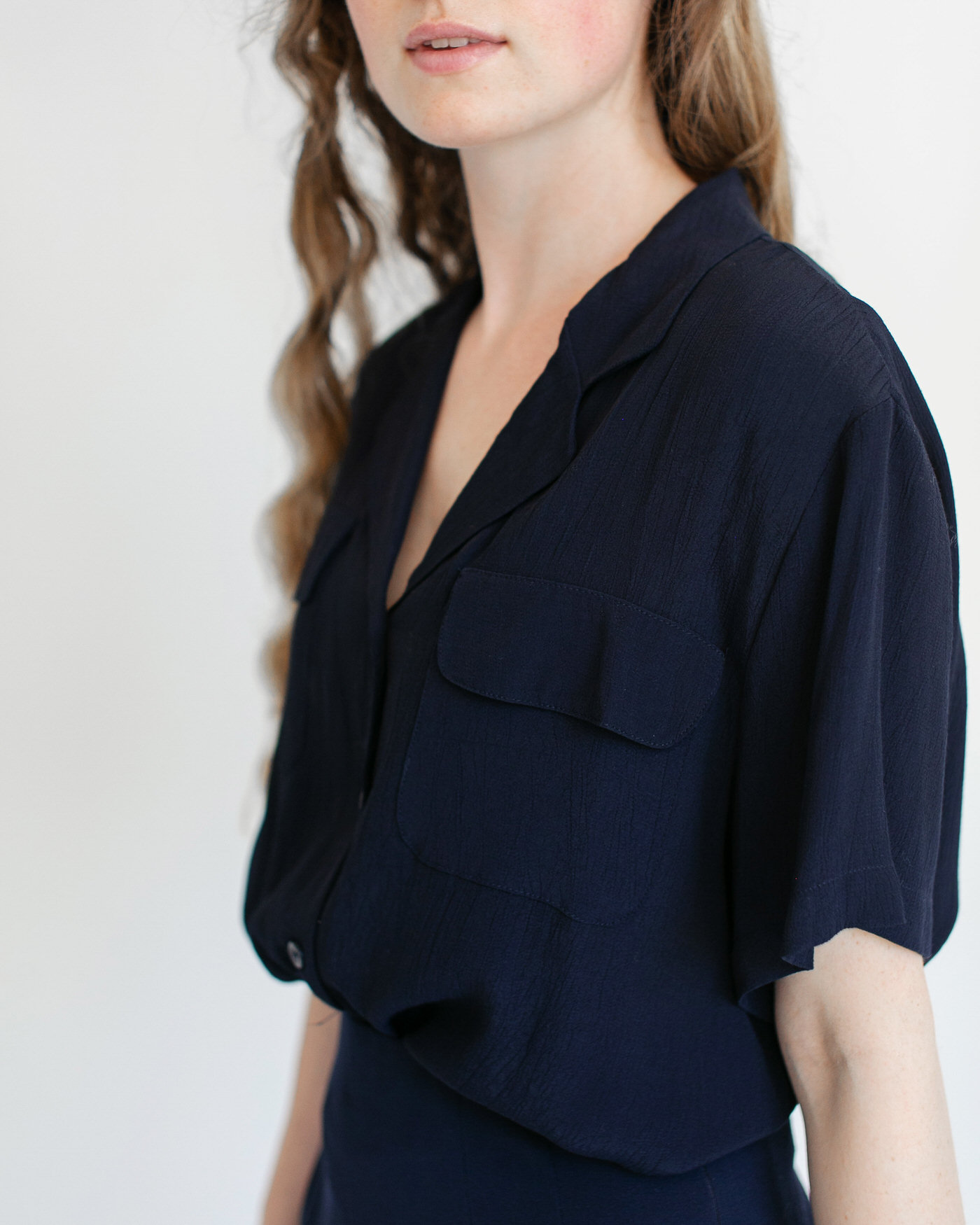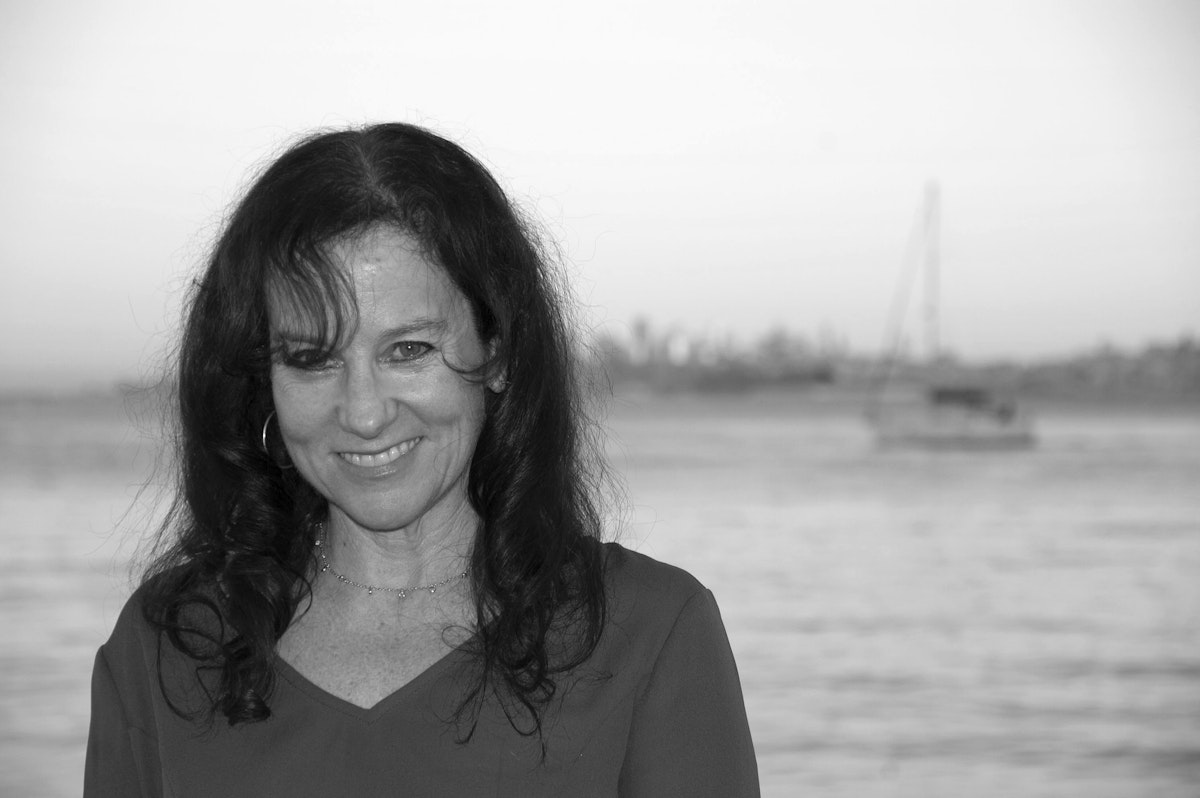Beatrice Chestnut has been a bit of an idol of mine since I first discovered and started studying the Enneagram about two years ago. I still can’t believe my luck in getting to interview her, and of course I had to sneak in a personal question about my 8 “friend” at the end! Read on to get amazing insight from the Enneagram Yoda of our generation herself.
So tell us — how did your Enneagram journey begin? And for any who don’t know, what is it?
I learned the Enneagram informally, from a friend’s father over the dinner table in March of 1990. Fortunately for me, my friend’s father was Dr. David Daniels, a psychiatrist and early pioneer in the teaching of the Enneagram in the U.S. He started one of the first Enneagram training programs near where I grew up with Helen Palmer, who had written one of the first popular books about the Enneagram in 1989. I studied the Enneagram through their school in 1994-1997.
The Enneagram is a personality typology that provides a great deal of insight into individuals’ psychological makeup – and their possibilities for psycho-spiritual growth through its amazingly accurate descriptions of 9 (and further, 27) personality types. It has roots in ancient wisdom traditions, which I believe account for its uniquely helpful descriptions of specific personality patterns of thinking, feeling, and behaving.
Based on your years of experience, why do you think the Enneagram is so successful as a tool for transformation?
The Enneagram is successful as a tool for transformation because it provided an objective map of personality that we can use to become more aware of our unconscious patterns and blind spots so we can become more conscious. Each personality starts out as a survival strategy, but in adulthood, becomes a self-limiting, yet largely automatic, defensive structure.
The Enneagram helps us see these invisible, habitual patterns of defense so that we can break free of them.
The ancient Greeks believed the secret to life and the basis of every kind of knowledge started with the key idea, “Know thyself.” And the Enneagram comes from this kind of wisdom tradition. It’s based in time-tested truths about our human nature and possibility for transcendence.

When did you know you wanted to dedicate so much of your work to the Enneagram?
When I first read about my type I was hooked. I couldn’t believe something could exist that could be so clear in describing me to myself – both what I knew to be true, and what I barely saw in myself, but intuitively knew was accurate. And when I saw Dr. Daniels leading Enneagram “panels,” in which people of a specific type shared about how they saw their own patterns in action as a way of becoming more aware of themselves and creating more consciousness in their lives, I knew I wanted to be a therapist and help people have that kind of awakening. The more I knew about the Enneagram and everything connected to it, especially the esoteric teachings behind it that pointed to deep truths about human evolution, the more I wanted to study it and work with it. It’s endlessly fascinating to me.
For someone that recently discovered their type and is beginning to delve into the Enneagram, what do you think is the most important aspect for them to focus on?
Making sure you have typed yourself accurately is important. If you are certain of your type, the most important thing is to get some high-quality Enneagram information about your type that can help guide your self observation.
It’s really important to study all aspects of your type, including your center of intelligence, your dominant instinct, and your subtype.
These aspects provide very specific insights that can help guide self-observation and raise your self-awareness level. The “passion” is also a very important aspect to focus on, as it’s the emotional driver at the core of the personality that often remains unconscious. It’s important to make that and other blind spots more conscious through carefully observing yourself and noticing things you may not have noticed before when you were just in the “default” mode of your type and subtype.

For those who are already knowledgeable about the Enneagram, how would you recommend they deepen their learning?
I think it’s important to deepen your learning by working with others. Books are a good way to start, but the Enneagram is not a “stand-alone tool.” In other words, bring it into your therapy – or go to therapy as a way to get help seeing yourself and becoming more aware of the patterns you learn about through the Enneagram. Talk about it with your friends and your partner – put it into action by using it as a way to understand each other. Do an Enneagram-based workshop or learn more in some kind of group.
It’s hard to really grow when we are learning by ourselves, as it’s hard to stay awake to what we are really doing. The Enneagram is designed for deep inner work – it’s what it’s all about – so don’t stay with superficial descriptions. Try to find opportunities to use it as a pathway to understand yourself at deeper and deeper levels, whether it’s in therapy, or coaching, or a group of some kind or a workshop or retreat. The more time and energy you put into studying the Enneagram, the more there is to learn.
The majority of our Yellow Co. community is made up of women between the ages of 25-35 who want to use their work to impact the world for good. How can the Enneagram be utilized most effectively in business for them, both for teams and solopreneurs?
The Enneagram is great for enhancing relationships. It starts with self-awareness, but it can also be used as tool that highlights the differences in worldviews and tendencies, and as a neutral language for talking about a diversity of perspectives.
If you are on a team, sharing how you see things, what your work preferences are, what bothers you, and what you love can greatly enhance how you work with others.
The Enneagram can both create a mutual understanding very quickly and encourage more empathy for others, because we see that people don’t disagree with us just because they are being perverse or difficult, but because they have a whole different lens on the same reality. Solopreneurs can get a sense of what they do well and what they don’t pay attention to. This can reveal when they may need to develop more skill in a specific area, or when they may need to contract for a specific kind of help.

In the midst of our current divisive political climate, how could we look to the Enneagram as a tool?
Great question. Each Enneagram type is primarily defined by what the person pays attention to. It can be very important to see that differences between views are based on different things people focus their attention on. One person is focused on what makes them feel afraid, and another may be focused on power. One person may be focused on being liked, and another may be focused on competing and winning.
Also, the Enneagram system shows us how instinct and our “lower emotions” are often the things that drive us in a very unconscious way. When we can use something like the Enneagram to raise our awareness of what we do based on fear, or a survival instinct, or a need to feel secure in some way, we can often rise above our base motives and interact in a more mature or more humble way. When we see that there are these 9 different ways of looking at the world, we can often communicate with people we disagree with with more empathy and understanding. And sometimes when we focus on our own psychological growth, it inspires others to do the same.
What advice would you give to a single, female, 29-year-old Eight, who works and lives remotely, is constantly fighting to balance her love for both community and exploring, and wants to learn how to be her healthiest self in an inherently independent lifestyle that makes building new relationships difficult? Asking for a friend, of course 😉.
Okay! The key for many Eights is to be able to access vulnerability. Being independent may feel safe and comfortable, but if she can tap into what makes her feel vulnerable and lean into that discomfort, she may be able to balance her desire for exploring and independence with being more engaged with her community and more connected with other people. When Eights can get in touch with and live more from their sensitivity and vulnerability (and big-heartedness), they automatically balance out an over-focus on being independent and remote with an ability to open up to deeper connection and more satisfying relationships.
Additional photos by Eun Creative
